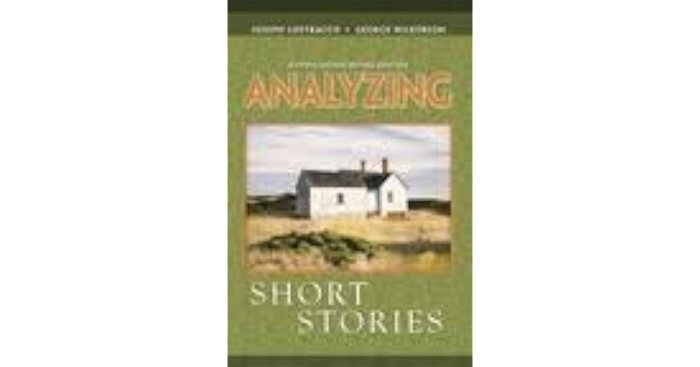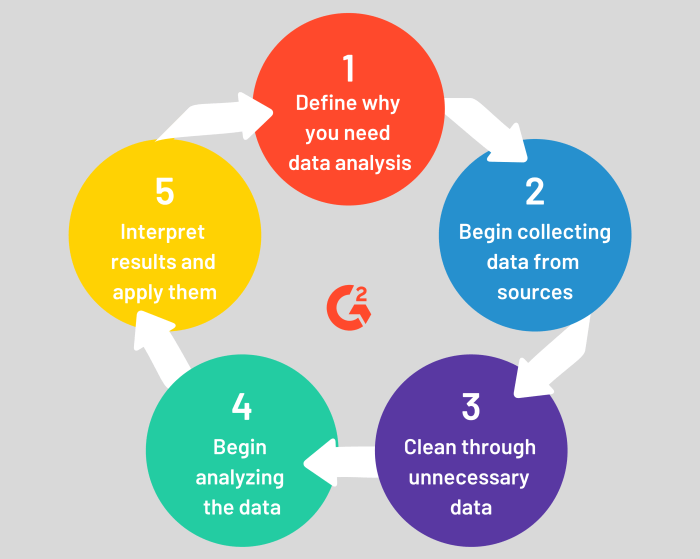Welcome to d.1 analyze short stories: set 1, where we embark on a literary journey to explore the intricate world of short fiction. This comprehensive guide will equip you with the tools to dissect short stories, unravel their hidden meanings, and appreciate their artistry.
Through detailed analysis, we will delve into the literary elements that shape these stories, unravel character development, examine narrative structure, uncover symbolism and motifs, and compare and contrast different works. Prepare to be immersed in a world of imagination, insight, and critical thinking.
Analyze Short Stories: Set 1

This analysis will provide a comprehensive examination of the literary elements, character development, narrative structure, symbolism, and motifs present in the short stories of Set 1. By exploring these aspects, we gain a deeper understanding of the authors’ craft and the impact of their stories on readers.
Identify Literary Elements
The short stories in Set 1 employ a wide range of literary elements to create vivid and compelling narratives. These elements include:
- Imagery:The use of sensory details to create vivid mental pictures and evoke emotions.
- Figurative language:The use of similes, metaphors, and other literary devices to enhance the meaning and impact of the text.
- Symbolism:The use of objects, actions, or characters to represent abstract ideas or concepts.
- Foreshadowing:The use of hints or clues to suggest future events in the story.
- Irony:The use of events or situations that contradict expectations.
These literary elements contribute to the overall meaning and impact of the stories by enhancing the reader’s understanding of the characters, setting, and themes.
Analyze Character Development, D.1 analyze short stories: set 1
The short stories in Set 1 feature well-developed characters who drive the narratives and evoke emotional responses in readers. The authors use various techniques to develop their characters, including:
- Direct characterization:The author directly states the character’s traits, motivations, and thoughts.
- Indirect characterization:The author reveals the character’s traits through their actions, dialogue, and interactions with others.
- Character foils:The author creates characters with contrasting traits to highlight the qualities of the main character.
Through these techniques, the authors create memorable characters who engage readers and drive the stories forward.
Top FAQs: D.1 Analyze Short Stories: Set 1
What is the purpose of analyzing short stories?
Analyzing short stories helps us to understand how they are crafted, appreciate their literary devices, and develop our critical thinking skills.
What are the key literary elements to look for in short stories?
Character, plot, setting, theme, point of view, and style are some of the key literary elements to consider when analyzing short stories.
How can I improve my character analysis skills?
Pay attention to the character’s motivations, conflicts, and growth throughout the story. Consider the techniques the author uses to develop and reveal the character.

